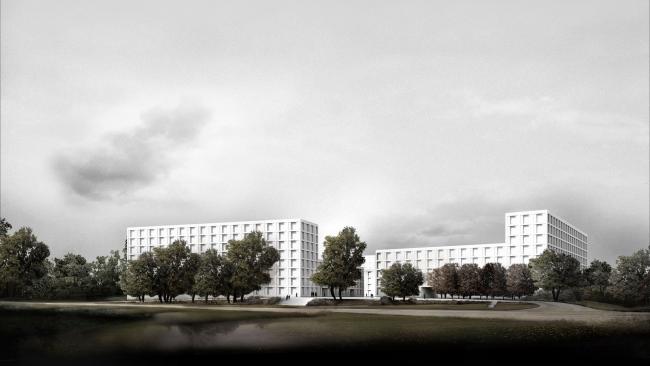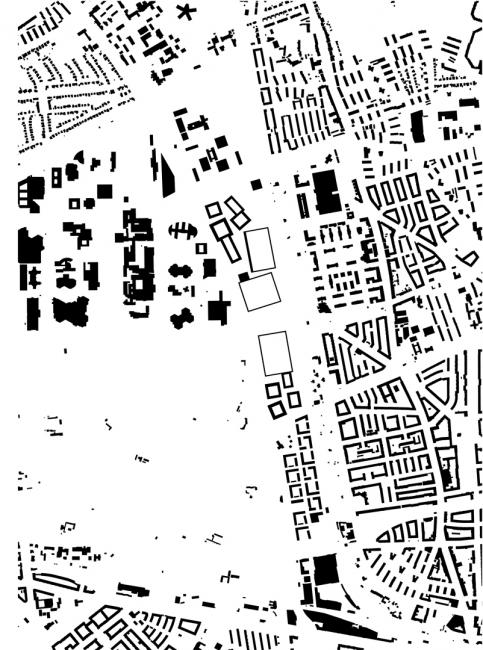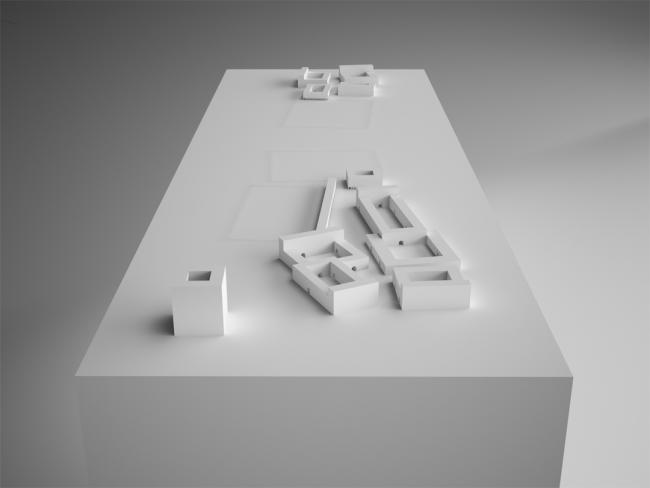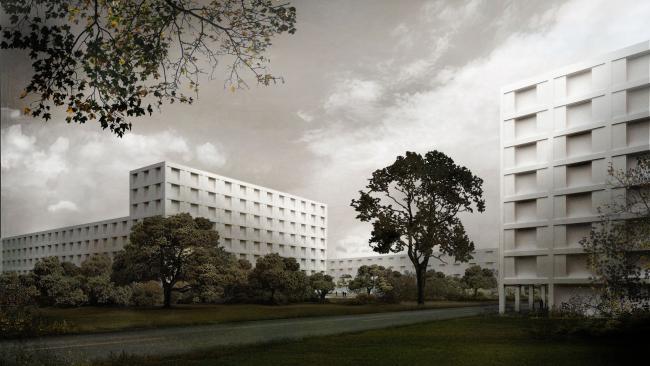Pergolenviertel

Since 2011, planning has been underway for one of the largest housing projects in Hamburg; 60% of the planned appartments on the 39-acre area between Barmbek-Nord and City Nord are to be publically funded.
The land on which building communities and two day care centers are planned, will be awarded in early 2015. From 2016, 1350 new dwellings will be developed between Hebebrandstrasse and Alte Wöhr; 60% thereof will be publically funded. Construction is scheduled for 2016.

At the intersection between Hamburg City-North and the former worker’s district of Barmbek-North, the Pergolen District acts as both a connective element and extension of the green north-south axis from the Barmbek train station by means of Park Lane up to Alsterdorf. This green zone in the west, along with the accompanying vegetation to the east, frames the concept for a continuous landscape surrounding the building. Its perimeter represents a landscape park that deliberately creates a generous “urban interior space” by facing perimeter blocks towards one another.

By avoiding typical street sections and axes, and by forming a shared space, the buildings stand in the landscape instead of on the street. The shaping of blocks and the buildings’ placement amongst the vegetation mediates between the free-standing buildings of City-North and the residential blocks of neighboring Barmbek.
Breaking down the spaces of normative streetscapes along with the predetermined land parcels delineated by the master plan, the composition as well as the open spaces it reserves creates the unique feature of living in a park. A residential space of particular quality is created by refusing to perforate the existing green zone, so dominant in the city plans, with a grid of standardized streets. We sought a spatial principle that would be able to organize both the placement of the buildings and integrate the small allotment gardens that in and of themselves contain a wide range of identities and residential typologies; this idea of diverse and different garden plots also generates the project’s scale.

Furthermore, the orthogonal building volumes create intriguing transitions. The blocks are a conglomerate of houses with different eaves and semi-public, shared courtyards that provide space for publically-oriented program elements. The alternating circulation of the individual buildings, accessible from the exterior and courtyards, make it possible to reduce infrastructure and street surfaces to a minimum.
Wide passageways between buildings and public spaces, along with the footpaths through the surrounding park-like landscape, create a dense network of paths. The allotment gardens are also lanced by pathways and partially united by a pergola inviting residents to meander and experience the gardens outside.




Pergolenviertel
Hebebrandstraße
22297 Hamburg
Germany
Landscape: Lichtenstein Landschaftsarchitekten, Hamburg
Traffic planning: ARGUS Stadt- und Verkehrsplanung, Rothfuchs | Buch | Partnerschaft Beratende Ingenieure, Hamburg